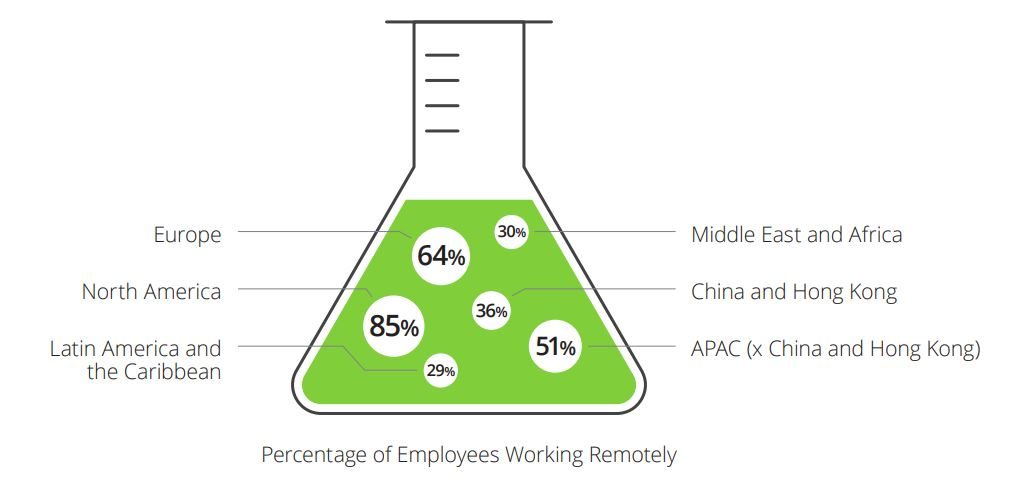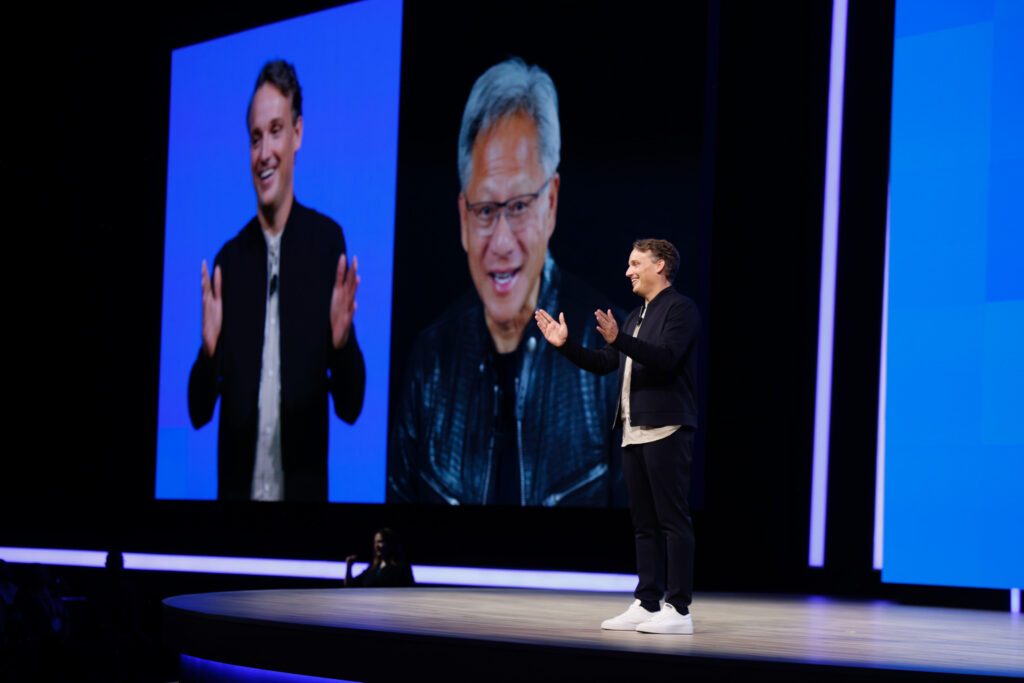We all know about the shift to remote working as a result of the global contagion caused by the COVID-19 pandemic.
While supermarket workers, healthcare staff and agricultural, logistics, transport industry employees have all continued to play their invaluable roles in the field, many workers have obviously been confined to working from home.
A new study project from Massachusetts-based enterprise software experience company Aternity has suggested that there is a core difference in the way users have been able to react and work with different types of applications, with ERP tools showing as a significant challenge.
The Aternity Digital Experience Index (DXI) powered by the company’s own eponymously named Aternity DEM platform, works to automatically identify the digital experience hot spots across the enterprise impacting employees and customers. It also works to provide actionable insight into those hot spots
Aternity DXI provides so-called Digital Experience Management (DEM) to offer actionable insights into investments that make a meaningful impact across the organisation including IT, HR, and the C-Suite.
Thick-client strength spreads thin
“Employee digital experience is a critical component to any businesses’ hybrid work model. Our data shows that some thick client applications like SAP or other major-scale ERP suites don’t reach the same level of performance in remote settings as they do in the office. This type of insight is critical for CIOs as they design and implement hybrid work policies,” said Jon Hodgson, Aternity’s vice president of product.
By this use of the term ‘thick client’, Hodgson and team are referring to any client-server architecture where the majority of compute resources are located locally, sometimes with lower network speeds due to the on-premises power inherently engineered into systems design. Also variously known as a ‘fat client’ or ‘rich client’ structure, thick client software blossoms when it is always-online and used in low latency environments.
“By understanding that employees that use ERP applications may be having a poor digital experience when working remotely, CIOs can either take steps to improve their remote experience or plan for those employees to work primarily from an office,” said Aternity’s Hodgson.
He advises that digital experience of employees and customers are more important than ever, but there is no one size fits all approach. Aternity, perhaps unsurprisingly, asserts that most organisations do not know where to begin their DEM journey. The company’s DXI product promises to enable organizations to tailor their digital experience goals based on their business and measure success against industry benchmarks.
Aternity’s Global Remote Work Productivity Tracker recently detailed how applications can achieve different levels of performance when used in the office and remotely.
With Aternity DXI, Hodgson and team promise that organisations can tailor their digital experience goals based on their precise usage implementation of business-critical applications, many of which will reside in their ERP stack, to measure the impact of their transition to a hybrid workforce and identify a path to continuous improvement as the hybrid workforce becomes permanent.
What does good look like?
Functions in this product include the ability to define ‘what good looks like’ with dynamic industry benchmarking. Scores can be compared against the industry standards across all verticals within minutes to drive internal enterprise digital experience objectives.
Although still considered to be a flaky or slightly new-age sub-discipline of technology by some, the rise of User eXperience (UX) is now solid enough to have gained its own quirky second-letter-in acronym. As UX now dovetails with DEM and we start to track these variables quantitatively back to the profits and the bottom line, we may find interest in this area grows further still.




